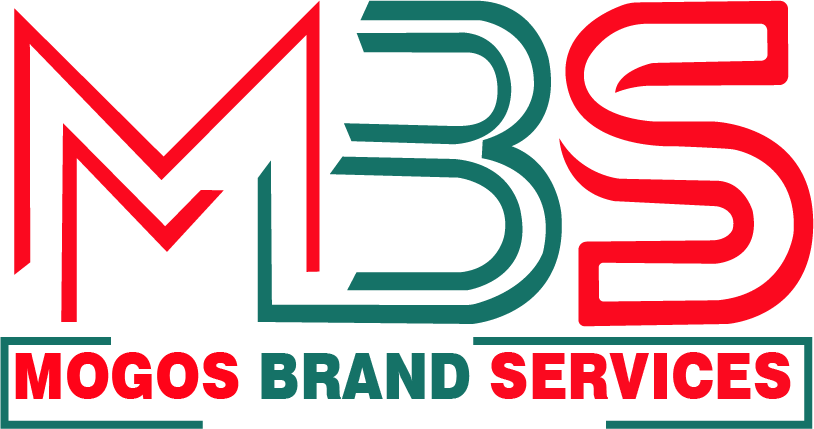Here’s a fact: people don’t buy products—they buy emotions, solutions, and connections. If your brand is all about the hard sell, you’ll struggle to build a loyal audience. Storytelling transforms your brand from a faceless company into a trusted name people can relate to. It’s not a luxury; it’s a necessity in today’s competitive market.
Key Points:
1. Your Brand Voice Matters
Your voice is how your audience perceives you. Are you fun and quirky, professional and knowledgeable, or approachable and friendly? Consistency in tone builds familiarity, and familiarity builds trust.
– Example: Think of Nike. Their tone is always inspiring and motivational, pushing people to “Just Do It.”
– Guide: Define your brand personality in a sentence and ensure every piece of content reflects it.
2. Make Your Audience the Hero
People don’t care about how great your product is—they care about how it solves their problems. Your story should always highlight your audience as the hero and position your brand as the guide.
– Example: Instead of saying, “We make the best websites,” say, “Your business deserves a website that attracts clients effortlessly—we’ll help you get there.”
– Guide: Use testimonials, case studies, and relatable scenarios to show how your product benefits real people.
3. Use the Right Formats
Not all stories need paragraphs of text. Videos, infographics, reels, and even short captions can tell powerful stories when used strategically.
– Example: A quick 30-second reel showing a day in the life of a satisfied client can resonate more than a long blog post about your services.
– Guide: Diversify your content formats to keep your audience engaged and cater to different preferences.
4. Emotion Wins Every Time
Stories that evoke emotions—joy, empathy, excitement—are more likely to be remembered and shared. Why? Because emotions drive decisions.
– Example: Apple doesn’t sell products; they sell creativity and innovation. Their ads make you feel like owning an Apple product is a step toward greatness.
– Guide: Use storytelling frameworks like the “Problem-Solution-Outcome” model to create an emotional connection with your audience.
Conclusion:
Storytelling is the bridge between your brand and your audience. It’s how you stand out in a crowded market, build trust, and create lasting connections. Stop overwhelming your audience with endless promotions. Instead, craft stories that resonate, inspire, and motivate them to take action.
Is your brand telling the right one? Start your storytelling journey with us now!
Call us now: 02018891799
Email us: mogosbrandadvertisementagency@gmail.com
DM us on Instagram for a quick consultation.



